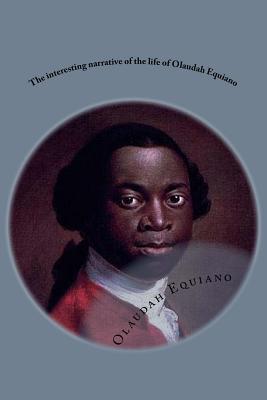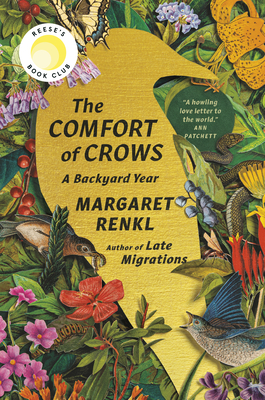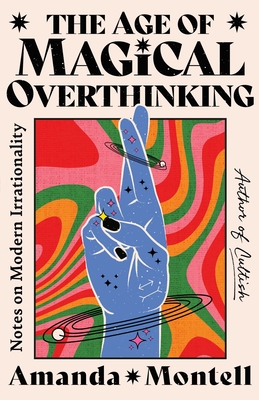
The interesting narrative of the life of Olaudah Equiano: Gustavus Vassa the african
Description
Olaudah Equiano, born around 1745 in Isseke in Biafra in Nigeria today and died in Cambridgeshire March 31, 1797, better known in its time as the Gustave Vasa1, was a slave, freed, sailor and British writer calviniste1 of African origin, who lived mainly in the British colonies of America and the United Kingdom. According to his autobiographie, Equiano, son of a wealthy family Igbo, was abducted by two men and a woman (slave hunters) of an opposing tribe in Nigeria and became a slave at the age of ten or eleven years . Transferred to Barbados, it was acquired by a British officer he accompanied Virginia and England. We renamed it by giving it the name derisively of the Swedish king Gustav Vasa. Equiano became his master seaman and served during the Seven years. Sold to a dealer he bought it on July 11, 1766, his freedom for forty books1. He exercised the function of barber in London in 1767, before embarking again to successively joining New England, Nicaragua and the Arctic regions in the expedition led by the British naturalist John Constantine Phipps in 1773. He became an influential figure in the abolition of slavery and accompanied the installation of the first former black slaves to Freetown in Sierra Leone. The fight was not always successful. Thus, in 1783, with Granville Sharp, he sought to advance the abolitionist cause, arguing that a slave was not on a ship, a "commodity" like others. Indeed, the owner of the slave ship Zong, which the captain had been "forced" in 1781 to jettison its cargo of 132 slaves affected by a pid mie to avoid contagion, addressed to the British courts to determine's it was legitimate that it be compensated by his insurance as could be in this case when it came to animals. Despite the efforts of Equiano and Sharp, the Lord Chief Justice Mansfield, concludes that "so shocking that it was, if the slave was exactly similar to that of horses." At the request of abolitionist Olaudah Equiano published his autobiography in 1789, as The Interesting Narrative of the Life of Olaudah Equiano, or Gustavus Vassa the African, written by himself, one of the few live testimony of the slave trade by of those having lived as qu'esclave. He tells the heartbreak that was the separation from his family, his fear of children, the conditions of his life as a slave. This testimony widely used by the British abolitionist movement and whose dissemination contributed greatly to fame of the former slave. Thus, Equiano knows a portrait he did run to 17807. It is represented as a young man in red wig and dress. The fact that this portrait has long been attributed to a painter of English high society of the eighteenth century, Joshua Reynolds, is an index of its fame to the end of his life.
















